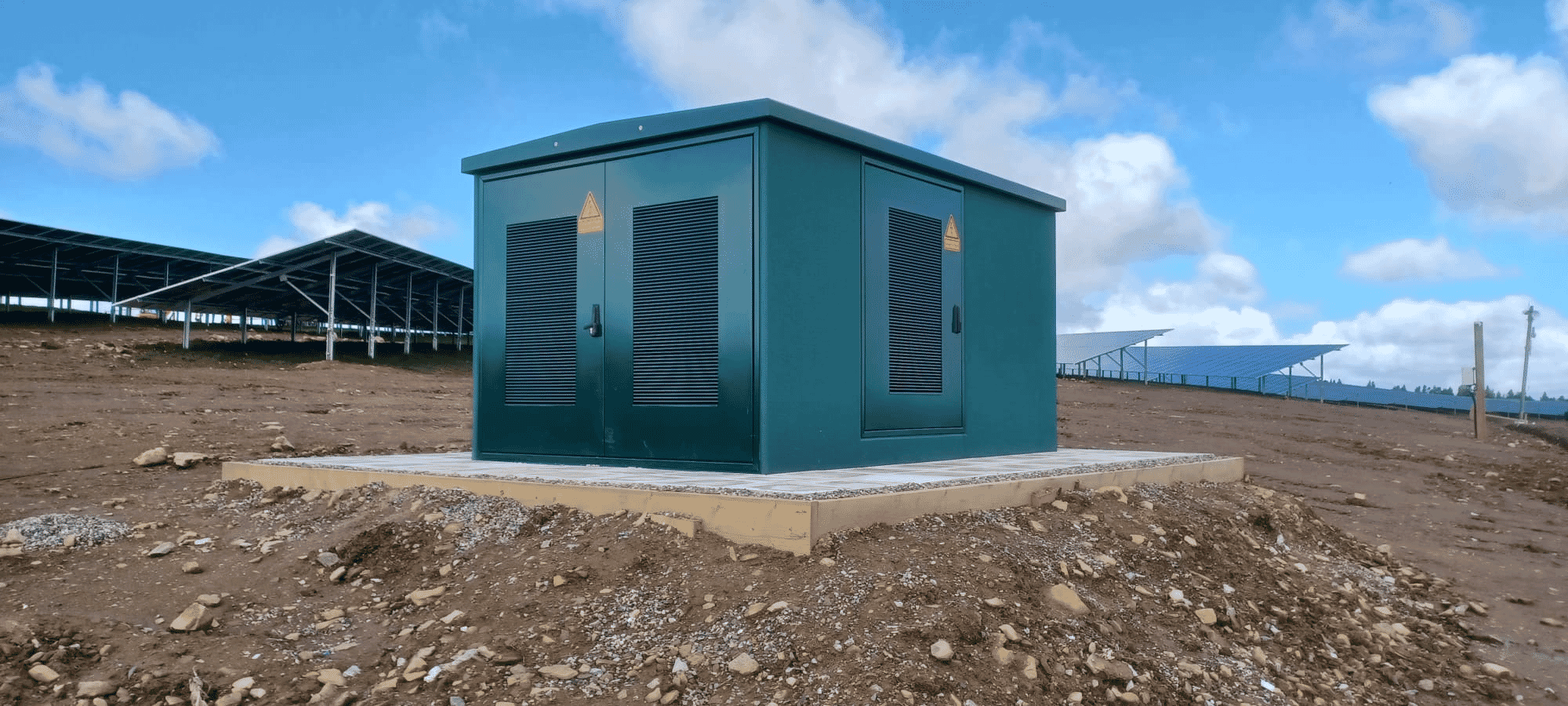Site Design
The iterative design process has informed a layout which provides a buffer from adjacent land uses and potential receptors of the site. The site also benefits from mature and effective woodland screening, minimising visual impact.
A bespoke biodiversity strategy has been prepared to ensure existing and new habitats are enhanced or created to benefit local wildlife. As part of this initiative, a 10m wildflower corridor to the public right of way has been implemented, a significant new woodland shall be planted, and the solar farm will be made suitable for grazing within the fenced area and seeded with an appropriate grassland mix. The margins of the site outside the fence can be used for other habitat enhancements such as wildflower seeding.
Our landscape planting, seeding and habitat creation plans focuses on native species. These initiatives will contribute to securing long term biodiversity net gain across the site.
Site Access
A temporary construction compound is proposed in the south of the site, accessed from Aston Lane, and a secondary drop off point in the north of the site, accessed off Coursehill Lane. Each of these areas would be of a size sufficient to allow delivery vehicles to enter and exit in forward gear. Vehicle deliveries are to be by pre-arrangement, and vehicles routed via the north, using the A40 and A415.
The majority of vehicular movements associated with the development would be during the construction and decommissioning periods. Safe and suitable access routes for construction vehicles have been identified within the Construction Traffic Management Plan submitted with the application. This considers the local highway network, the level of vehicle movements associated with the development, and arrangements for the construction period, anticipated to be a maximum of 16 weeks. Advanced notification will be provided for road users and residents ahead of the construction period.
Upon completion of construction there will be minimal traffic during the operational period with maintenance only requiring a site visit roughly once per month






